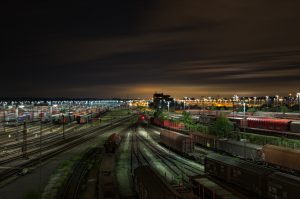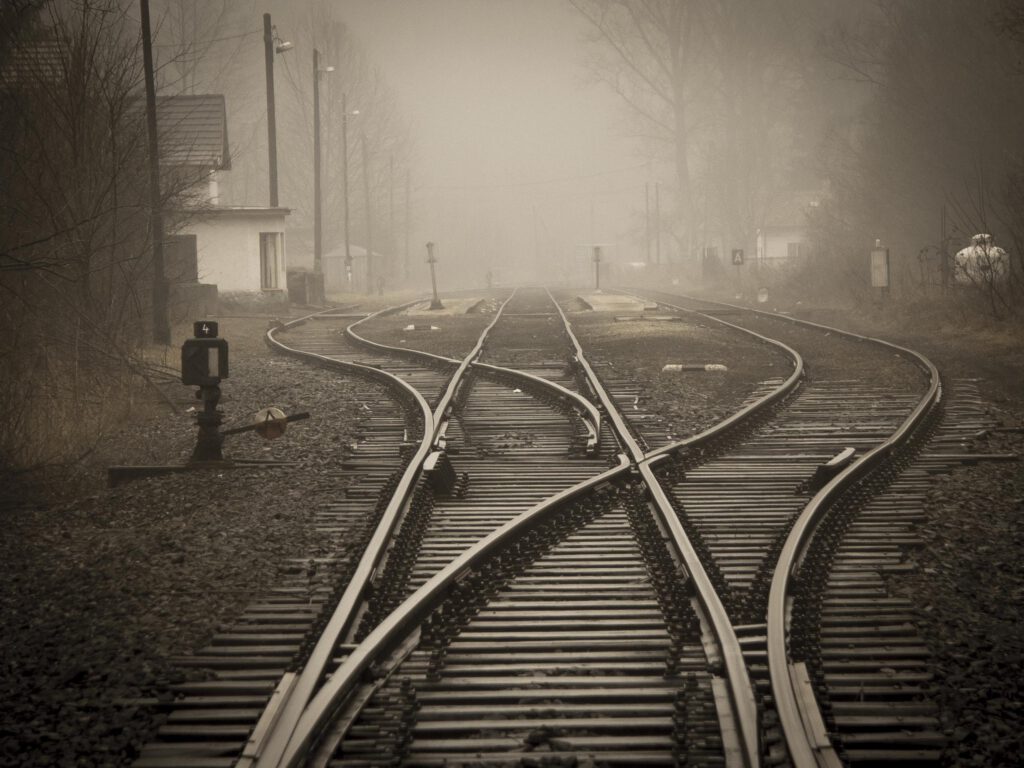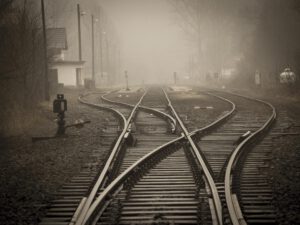Once a bottleneck is identified and assessed, steps can be taken to solve it. As previously mentioned, it usually is a combination of factors including, but not limited to infrastructure, rolling stock and operating procedures. The solution thus, might include one or multiple steps, and will be the spot where different stakeholders will disagree on the best course of action. Infrastructural solutions are the simplest to come up with, and most likely the most expensive to execute. On the other hand, better coordination and operating strategies are challenging to agree among stakeholders.
There are, however, a few tips to provide on simpler measures that can be taken, which depending on the actual situation might be for example:
- Limit the number of unnecessary moves, by e.g. separate locomotives
- Reduce idle time on sidings
- Consider stopping trains earlier before areas become overfull and experience snowball effects for delays
- Prioritise departing trains
- Consider increasing the length of trains
- Be flexible in assigning resources to maximise throughput
The final one, which is not trivial, is to improve planning and scheduling to avoid peaks in arrivals and multiple trains trying to enter and claim the same area at the same time. Evenly spread arrivals and taken routes are of course difficult to execute, especially for freight trains.



